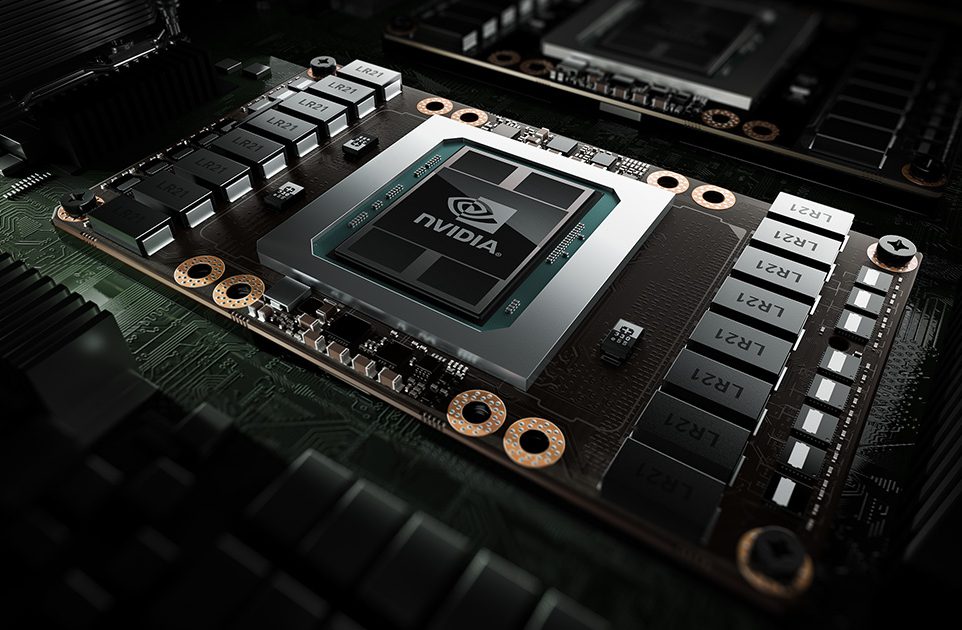
Are you running workloads in Microsoft Azure and are you satisfied with them? And are your current BIM workstations not meeting expectations due to desired speed and graphical computing power? Then pay attention: with the AVD instance that Microsoft offers, BIM workstations from Azure suddenly become an interesting option.
In 2017, Interstellar started offering pay-per-use BIM workstations from the cloud. The reason was the increasing market demand for such a solution. Especially during construction projects involving multiple parties, partners in the supply chain need a scalable solution with known upfront costs. Additionally, having IT concerns taken care of is highly desirable. There was a need for pay-per-use BIM workstations. We explain in this article how we developed them.
Many BIM design applications are traditional desktop programs. These applications not only require a powerful graphics card, but they are also often ‘single-core’ and rely heavily on the clock speed of the CPU. Autodesk Revit is an example of this.
There are several reasons why Interstellar decided in 2016 to build its own infrastructure to create customized virtual graphic desktops. This was despite the public cloud, such as Microsoft Azure, already having a GPU-supported series – the N-series – since 2017.
The biggest problem we encountered? NVIDIA GPUs in the public cloud were not shareable. Additionally, Azure chose Intel CPUs, which did not have high clock speeds but rather many cores. Therefore, the GPU series in Azure was largely positioned for AI, Deep Learning, and HPC workloads.
The second point was the development and availability of Azure Virtual Desktop. This only really took shape in 2020. Besides a workplace in the cloud, a complete virtual infrastructure also requires an environment for managing images, accounts, access, security, and such. GPU VMs in Azure were simply not suitable in 2017 to create high-end VDIs for BIM modelers. It worked technically, but management and performance were clearly lacking.
With our own infrastructure, we could (and can) fully customize virtual graphic desktops to meet the needs and requirements of the BIM user and their applications. Nowadays, multiple generations of graphic desktops are in use in many data centers.
The introduction of Azure VMs with shared NVIDIA GPUs was a game changer for hybrid BIM workplaces.
Michiel van BergenSenior Sales Consultant BIM/CAD, Interstellar
There are more flavors in the BIM application landscape. AR and VR applications are increasingly used. Furthermore, real-time rendering solutions and point clouds are more and more utilized in various work processes. As a result, the needs of the BIM user are changing. More GPU power is now required, and there is a shift from single-core to multi-core applications.
The introduction of Azure VMs with shared NVIDIA GPUs was a game changer. Azure Virtual Desktop (AVD) suddenly became very suitable for BIM applications. Besides a customized private cloud, we can now offer our customers a much broader range of workplace options.
Workstations requiring a lot of graphical power or those needed for just a few hours a day can be scaled cost-effectively thanks to these innovations. Thus, a hybrid work environment – a combination of on-premises infrastructure and public cloud – has become a real possibility.
Contact us for more information. We will explain in detail which solution best fits your organization.

